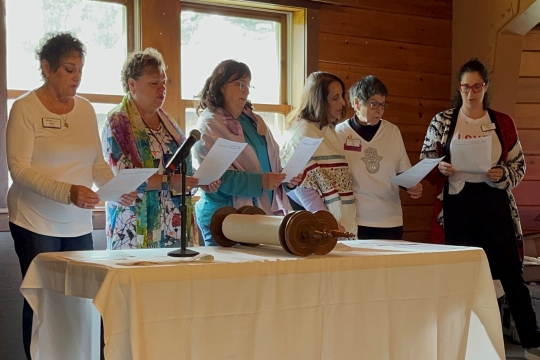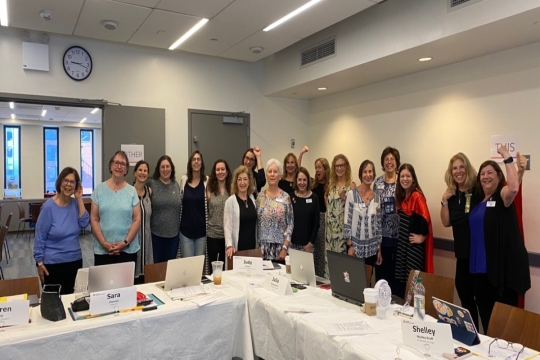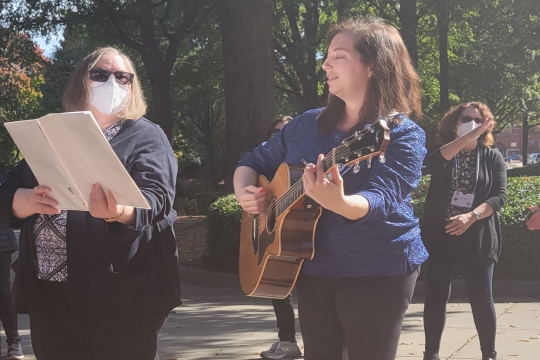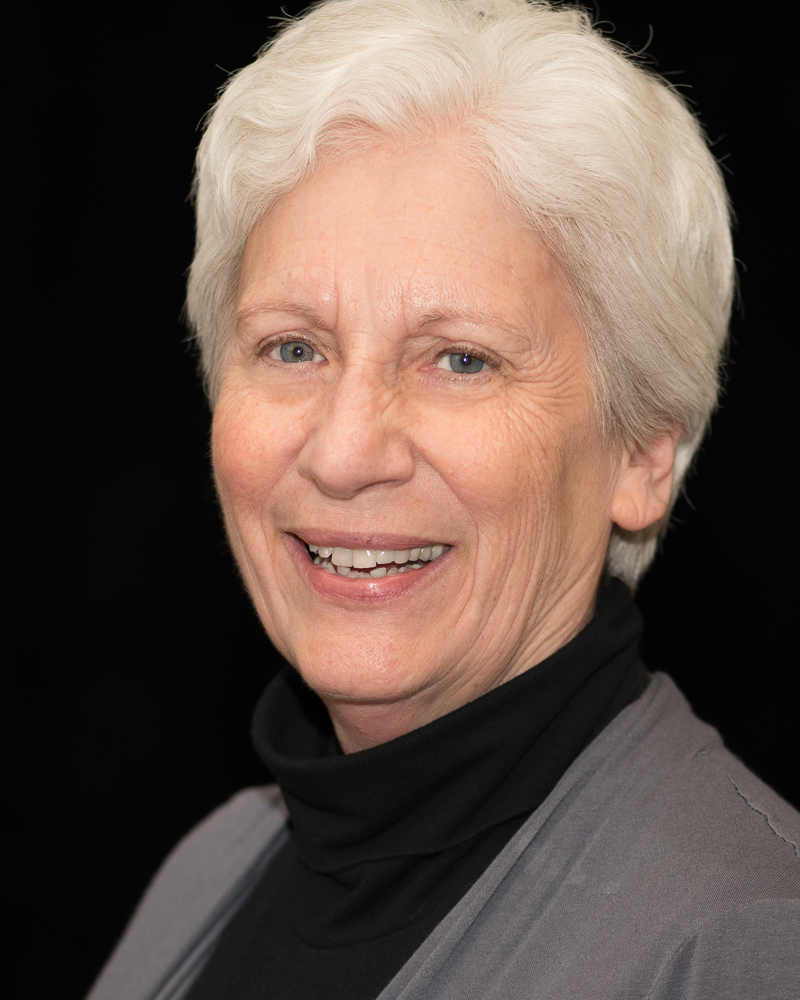
Recently, I spent a Sunday afternoon at a virtual “Spring Training.” Spring Training is a program that the Union for Reform Judaism organizes every year at this time. It is an opportunity for many lay volunteers to gather, to learn with each other and with URJ professionals. Typically, Spring Training is held as a weekend together at a hotel. But because I am writing this during our time of shelter-at-home, we gathered this year on Zoom. As I’m sure many of you have been doing.
One of the sessions in our virtual Spring Training was a discussion of DEI – Diversity, Equity, and Inclusion - as it applies to our Reform Jewish community.
How does this connect with parashah B’midbar? This parashah begins with God speaking to Moses and instructing him to take a census of the Israelite people. This alone is an interesting connection to our modern world, as those of us in the U.S. are now filling out census forms for the 10-year count of who we are. Even more intriguing to me is who was to be included in this census of the Israelites. God says to Moses:
“Take a census of the whole Israelite company by the clans of its ancestral houses, listing the names of every male, head by head. You and Aaron shall record them by their groups, from the age of twenty years up… “
We see by this that women were not counted, and children were not counted. To add some context, this is taking place just over a year after the Israelites left Egypt. They are transitioning from being slaves to being an organized nation to begin their journey to the Promised Land. And when they stand up to be counted, only some of them are seen.
What strongly resonated with me at the Spring Training discussion of Diversity, Equity, and Inclusion was this: in our Reform Jewish communities today, only some of us are being seen. We are open and welcoming, and we feel like we are being inclusive, but what we’ve learned is that we still tend to assume that Reform Jews are primarily white, of Ashkenazi descent. We know from good demographic studies that Jews of Color make up between 15-20% of our ranks, but we don’t see these numbers in our communities. How do we explain this? Jews of Color report that they all too often experience reactions ranging from well-meaning but intrusive curiosity (“How do you happen to be Jewish?”) to thoughtless assumptions that they are not Jewish, are visiting, or even that they are working at the synagogue. Challenges apply not only to Jews of Color but to Jews with disabilities, transgender and non-binary Jews, and more.
We learned in our workshop that ‘welcoming’ is not the same as ‘belonging.’ And that the goal is not to include everyone into our existing community structure, but that the community itself can change and evolve by recognizing and embracing the diversity within it. And we can be stronger for it.
As we read B’midbar and we bristle to learn that the women and children were not counted, let us look inward to see who is not being counted in our ranks today. Let us stop and question our inherent bias when we meet someone who may not fit the assumed profile of a North American Reform Jew. And let us be open to not only welcoming the full diversity of Jews to our communities, but to learning from them and to creating stronger communities with their input.
Jane Taves is the WRJ Vice President of Advocacy, Marketing, and Communications. She is a member of Temple Beth El, in Madison, Wisconsin. Along with her WRJ work, she is a member of the URJ North American Board and a co-chair of the North American Advisory Board of the World Union for Progressive Judaism.
Related Posts

Parashat Yom Rishon shel Rosh HaShanah

Cultivating a Culture of Accountability and Belonging


